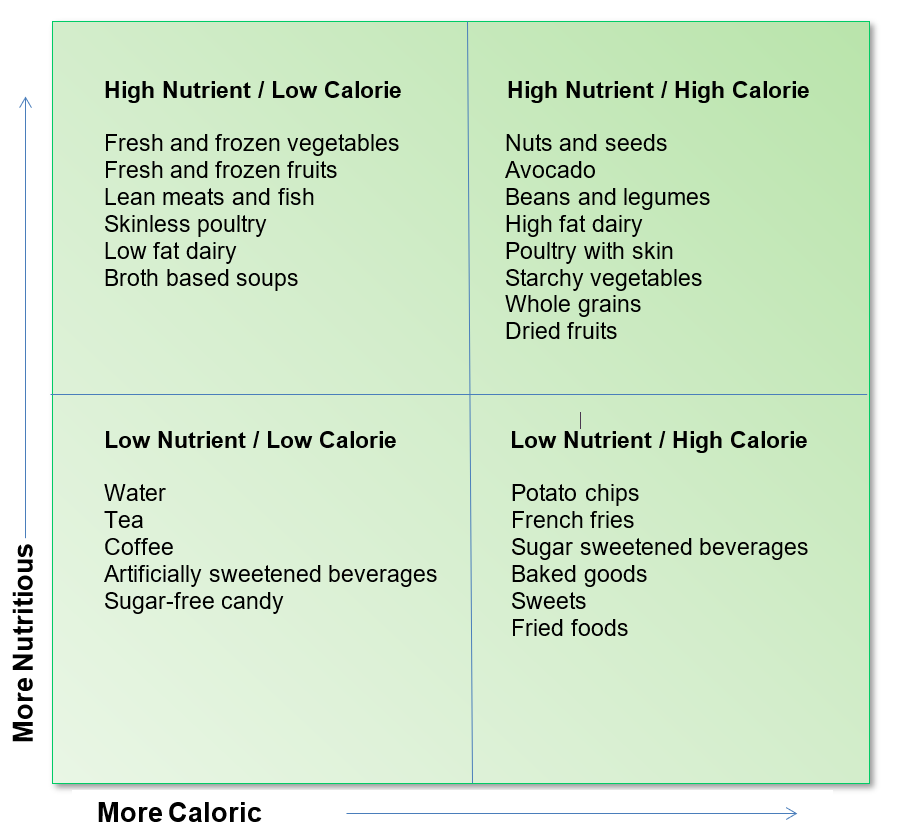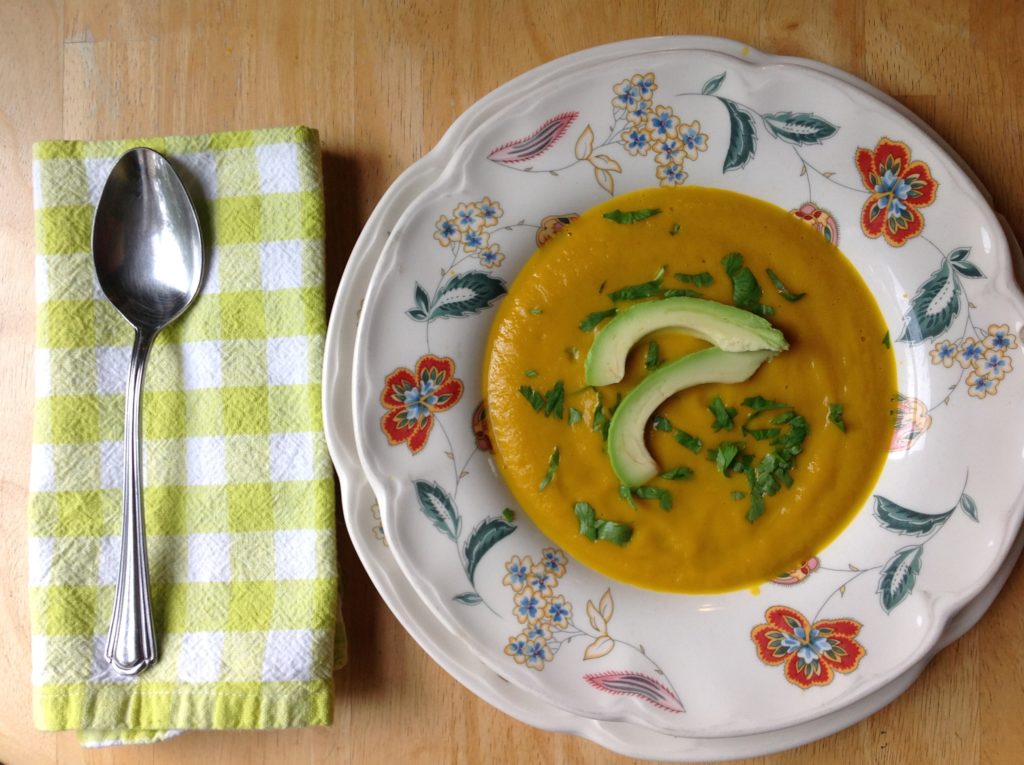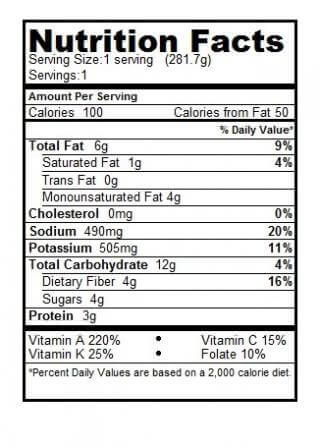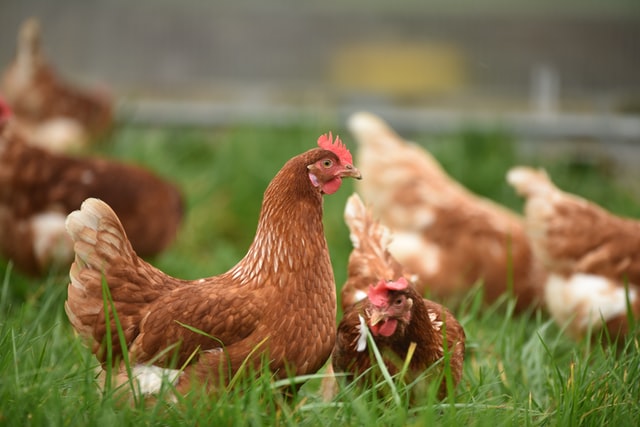 The next 30-Day Nutrition Upgrade program kicks off on November 8th!
The next 30-Day Nutrition Upgrade program kicks off on November 8th!
This fun and flexible group challenge is a great way to kick-start healthy routines and to stay motivated long enough for new behaviors to become established habits.
Over 2,000 people have now done this program with me and the results have been incredible!
- Virtually all of the participants report that the program made a positive difference in their eating habits
- Half of them reported losing weight (even though weight loss is not a goal of this program)
- More than half also reported having more energy/better mood
- Participants reported everything from enjoying their food more to improved digestion to feeling less hungry to finally bringing out of control snacking under control
But perhaps the best part is the the warm, supportive (and funny!) community…men and women from all around the world, from college age to post-retirement, sharing their questions, challenges, and triumphs. Eight years after the very first Upgrade, they’re still checking in with other, exchanging tips, recipes, and encouragement. We’ve had meet-ups in half a dozen cities around the country.
It’s Your Turn!
The next 30-Day Nutrition Upgrade group challenge launches Wednesday, November 8th at 7pm ET. (Yes, the session will be recorded if you can’t join us then.)
Cost: $69
Includes:
- Live one-hour online kick-off, plus Q&A for as long as there are questions.
- Access to a video recording of the session afterwards.
- Free tracking app
- Downloadable handouts and other program materials.
- Private Facebook group for ongoing (and I mean ongoing!) connection and support.
You’ll find lots more details here or, if you’re ready to take the plunge, you can:
Tip: Add my email address to your contacts or safe sender list to be sure the registration info doesn’t land in your Spam/Junk folder.
Not sure if this is for you?
My post on “Is the 30-Day Challenge Right For Me?” has answers to frequently asked questions. And feel free to contact me. I’d be happy to answer any other questions you have and help you decide whether this is a good fit for you.


 Q. I have a friend who just quit smoking. He’s started to gain the typical weight and went into his local GNC yesterday to get some supplement that’s supposed to speed up his metabolism. He already has a fairly good diet. I told him he might be better off just letting his metabolism balance itself out, rather than substituting one stimulant for another. Any ideas on how he can naturally adjust better?
Q. I have a friend who just quit smoking. He’s started to gain the typical weight and went into his local GNC yesterday to get some supplement that’s supposed to speed up his metabolism. He already has a fairly good diet. I told him he might be better off just letting his metabolism balance itself out, rather than substituting one stimulant for another. Any ideas on how he can naturally adjust better? 


